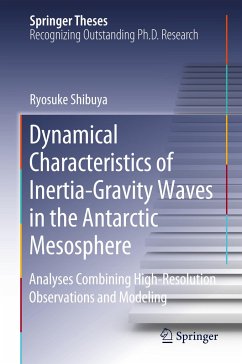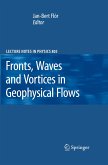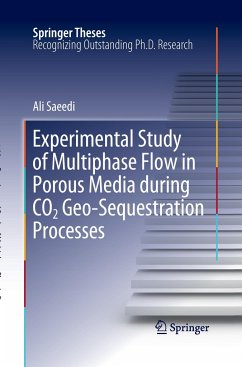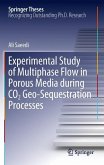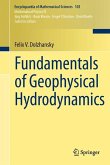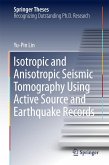This book examines the origins and dynamical characteristics of atmospheric inertia-gravity waves in the Antarctic mesosphere. Gravity waves are relatively small-scale atmospheric waves with a restoring force of buoyancy that can transport momentum upward from the troposphere to the middle atmosphere. In previous studies, the dynamical characteristics of mesospheric gravity waves have not been fully examined using numerical simulations, since performing a numerical simulation with a high resolution and a high model-top requires considerable computational power. However, recent advances in computational capabilities have allowed us to perform numerical simulations using atmospheric general circulation models, which cover the troposphere to the mesosphere with a sufficiently fine horizontal resolution to resolve small-scale gravity waves. The book first describes the simulation of mesospheric gravity waves using a high-resolution non-hydrostatic atmospheric model with a high model top. The accuracy of the numerical results was confirmed by the first Mesosphere-Stratosphere-Troposphere/Incoherent Scattering (MST/IS) radar observation in the Antarctic. It also depicts the origins and propagation processes of mesospheric gravity waves on the basis of the results of the high-resolution numerical model. The behaviors of mesospheric gravity waves can be clearly explained using both fundamental and cutting-edge theories of fluid dynamics

